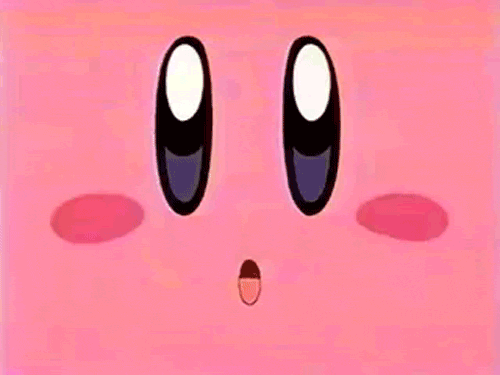When most people think of Kirby, the fun-loving character is usually not associated with bad things. With the exception of playing against a friend who spams Kirby’s special moves in “Super Smash Bros.,” most players likely know him as a cute little puff ball that stars in enjoyable yet unchallenging video games. For the most part, that ideology holds true for the new Wii U release “Kirby and the Rainbow Curse.”
Players might remiss if they make a judgment on the entire game after just playing through the first level. The initial impression is that it doesn’t feel challenging or inventive in its mechanics. After all, the game is a spiritual successor to the Nintendo DS game “Kirby: Canvas Curse.” The main mechanic is Kirby rolling up into a ball and riding on rainbow lines that the player draws on the touchscreen. The core mechanic in both games, it is certainly possible that a person who has played both would not see a difference in the new release. But for others, “Rainbow Curse” is surprisingly inventive at times.
Like most Nintendo games, the mechanics and gimmicks are unveiled slowly through simple-to-understand means and then reiterated level after level, working with previous mechanics to offer new challenges and puzzles. Altogether the game may not be too challenging, but in later levels these iterations begin to stack up.
In the fourth world, a giant sky-ship lurks in the background firing cannons that set areas of the level on fire. That, alongside the other mechanics already introduced, lead to several instances of low-health and death. Not only is this difficulty welcome in an otherwise easy game, but it made the following level where Kirby turns into a rocket and blows the whole ship up that much more satisfying.
In fact “satisfying” could be the defining word for describing “Rainbow Curse.” Due to the general ease and well-placed checkpoints throughout the level, a death will never feel too punishing to the player. In fact, the game might be too intent on ensuring players don’t get frustrated. For example, after dying several times in a later level attempting to get a collectible, a prompt comes up on the screen asking if the player would like to skip to the next level.
Players will notice another example of satisfaction in the artistic direction immediately after purchasing the game. The front cover sports Kirby’s big face and a world behind him rendered to look like clay. The art team truly nailed it: from the way Kirby folds together when he bounces off walls and the way clay blocks will break apart to how the classic Whispy Woods’ face gets smushed when Kirby charges into it. Even the animation between worlds that shows Kirby and the paint-fairy sidekick is expertly animated. Each individual frame shows different textures on Kirby’s body, simulating the look of an artist’s imprints on clay.
The gaming model, however, doesn’t allow the player to take in the artistic experience. Due to the Wii U mechanics, the player looks at the gamepad the whole time – unable to look at the higher definition of a television as it offers no way to know where the stylus will draw a line. This fact alone makes “Rainbow Curse” an off-screen type of game that players can experience when someone else is using a television. And speaking of someone else, it is important to note the only instance where the television will really be used is when multiple players join in.
Up to four players besides the gamepad user can join in at any point and play as Bandana-Dees on the main television. They can use the rainbow paths just like Kirby, but otherwise they play like actual platforming characters. They can jump, move left or right and attack using spears. This mode really changes up the feel of the game and is generally considered its easy mode. Younger players can choose which way they like to play more and not worry too much about challenge, so its great for multiplayer dynamics.
With six worlds and only four levels per world – one of which is a boss battle – a lack of content is an easy criticism “Rainbow Curse.” A large number of collectibles offer replay value, but to many it likely won’t be enough. But at $40 on release, it is $20 less than most Nintendo games.
Given the mechanics and style, it’s hard not to wonder if “Kirby and the Rainbow Curse” should have been a 3DS game instead.
3/5
For the full “Kirby and the Rainbow Curse” experience, watch ArtsEtc. writers Evan Conley and Jake Stroth work their way through its colorful world on YouTube.


